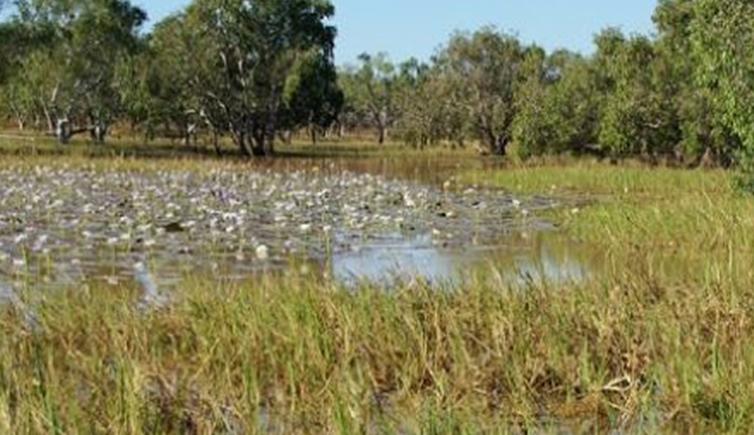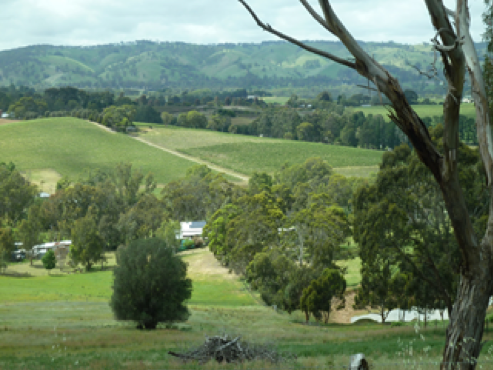To provide observations and information on the emerging fields of landscape scale conservation, heritage preservation, and sustainable community development.
Newsletter
Stay up-to-date with the latest nature, culture and community news.
We won’t spam you or share your information. Newsletters are sent approximately 10 times a year. Unsubscribe at any time.

WORLD RURAL LANDSCAPES PRINCIPLES: PROTECT RURAL LANDSCAPES AND THEIR HERITAGE VALUES
In this issue we will consider the need to develop legal protection and policy frameworks to protect the heritage values of rural landscapes. In Australia this protection varies depending land ownership.

WORLD RURAL LANDSCAPE PRINCIPLES: Understand Rural Landscapes and their Heritage Values
As the introduction to the Principles Concerning Rural Landscapes as Heritage recognizes, these landscapes are a vital component of the heritage of humanity. While they are the

WORLD RURAL LANDSCAPE PRINCIPLES: Threats, challenges, benefits, and sustainability
The ‘Principles Concerning Rural Landscapes as Heritage’ (ICOMOS 2017) after defining rural landscapes also briefly develop themes relating to threats, challenges, benefits, and sustainability for rural landscapes from a cultural heritage point of view for today’s society. These challenges have been examined by scholars, scientific and cultural associations and public administrations, both at international and local levels and you will probably be aware of many of these issues.

World Rural Landscape Principles: Principle One, Definition and Values of Rural Landscapes
The World Rural Landscape Principles provide needed systematic definitions for rural landscapes as both a place and as a heritage resource within the larger category of cultural landscapes. This innovative approach looks at the commonality of these resources within a global context and recognizes the many types of rural activity that exist in the landscape and are worthy of consideration for protection.

WORLD RURAL LANDSCAPES PRINCIPLES: PROTECT RURAL LANDSCAPES AND THEIR HERITAGE VALUES
In this issue we will consider the need to develop legal protection and policy frameworks to protect the heritage values of rural landscapes. In Australia this protection varies depending land ownership.

WORLD RURAL LANDSCAPE PRINCIPLES: Understand Rural Landscapes and their Heritage Values
As the introduction to the Principles Concerning Rural Landscapes as Heritage recognizes, these landscapes are a vital component of the heritage of humanity. While they are the

WORLD RURAL LANDSCAPE PRINCIPLES: Threats, challenges, benefits, and sustainability
The ‘Principles Concerning Rural Landscapes as Heritage’ (ICOMOS 2017) after defining rural landscapes also briefly develop themes relating to threats, challenges, benefits, and sustainability for rural landscapes from a cultural heritage point of view for today’s society. These challenges have been examined by scholars, scientific and cultural associations and public administrations, both at international and local levels and you will probably be aware of many of these issues.

World Rural Landscape Principles: Principle One, Definition and Values of Rural Landscapes
The World Rural Landscape Principles provide needed systematic definitions for rural landscapes as both a place and as a heritage resource within the larger category of cultural landscapes. This innovative approach looks at the commonality of these resources within a global context and recognizes the many types of rural activity that exist in the landscape and are worthy of consideration for protection.


